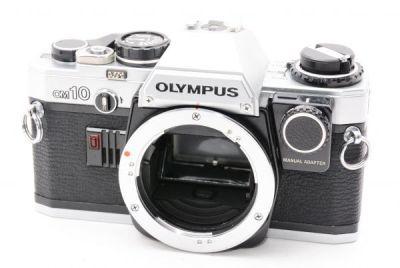
Understanding the Lens
Have you ever wondered what a lens is and how it works? Whether you’re a photography enthusiast, a tech-savvy individual, or simply curious about the world of optics, understanding the lens is crucial. In this article, we’ll delve into the intricacies of lenses, their uses, and their impact on various fields.
What is a Lens?
A lens is an optical device that transmits and focuses light, usually made from glass or plastic. It’s designed to bend (refract) light rays to form an image. Lenses come in various shapes and sizes, each serving a specific purpose. In photography, for instance, lenses are used to capture images, while in medical procedures, they help surgeons see inside the body.
Types of Lenses
There are several types of lenses, each with its unique characteristics:
| Type of Lens | Description |
|---|---|
| Convex Lens | Also known as a converging lens, it brings parallel light rays together to a focal point. Used in magnifying glasses, eyeglasses, and cameras. |
| Concave Lens | Also known as a diverging lens, it spreads out parallel light rays. Used in corrective eyewear and some telescopes. |
| Meniscus Lens | Has a curved shape and can be either convex or concave. Used in microscopes, telescopes, and cameras. |
| Plano-Convex Lens | Has a flat side and a curved side. Used in cameras, telescopes, and microscopes. |
How Lenses Work
Lenses work by bending light rays as they pass through them. This bending is due to the change in speed of light as it travels from one medium to another. When light enters a lens, it slows down or speeds up, depending on the lens material and shape. This change in speed causes the light rays to bend, ultimately focusing them at a specific point.
Applications of Lenses
Lenses have a wide range of applications across various fields:
-
Photography: Lenses are essential for capturing images. They determine the field of view, depth of field, and overall image quality.

-
Optometry: Lenses are used in eyeglasses and contact lenses to correct vision problems such as myopia (nearsightedness), hyperopia (farsightedness), and astigmatism.
-
Medicine: Lenses are used in endoscopes, microscopes, and other medical instruments to provide surgeons and doctors with a clear view of the inside of the body.
-
Telescopes and Microscopes: Lenses are used to magnify distant objects (telescopes) and small objects (microscopes), allowing us to see details that are otherwise invisible to the naked eye.
Choosing the Right Lens
Selecting the right lens depends on your specific needs and the application. For photography, you’ll need to consider factors such as focal length, aperture, and image stabilization. For corrective eyewear, you’ll need to consult an optometrist to determine the appropriate prescription.
Conclusion
Lenses are fascinating optical devices that play a crucial role in various fields. From photography to medicine, lenses have revolutionized the way we see and interact with the world. By understanding the basics of lenses, you can appreciate their importance and make informed decisions when selecting the right lens for your needs.




